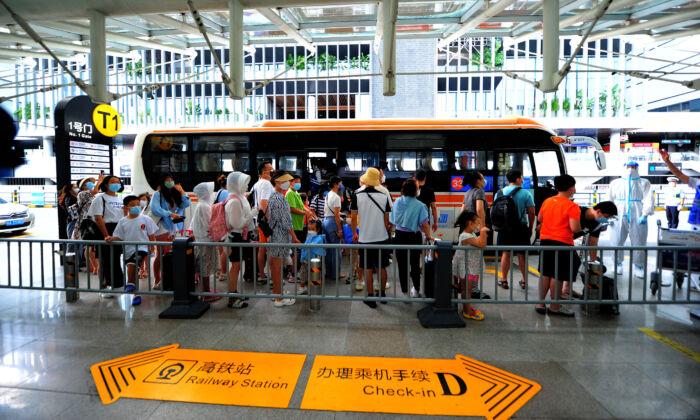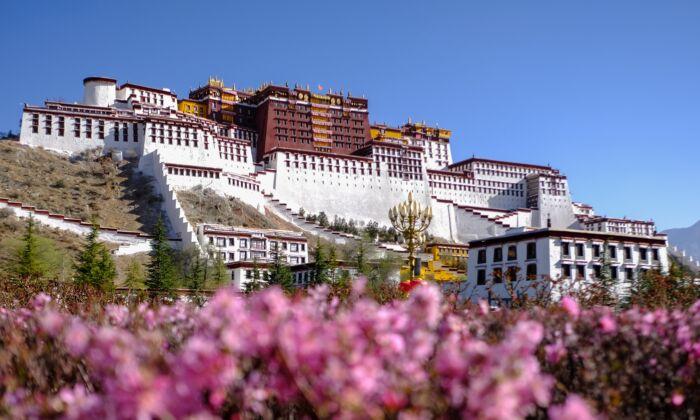A top U.S.-based group that advocates for strong business relations with India recently revealed that about 200 U.S. companies have contacted them about the possibility of setting up an alternative manufacturing base in India to replace their current assembly lines in China.
In an
April 27 interview with Press Trust of India, India’s largest news agency, Mukesh Aghi, president and CEO of the Washington-based
U.S.-India Strategic Partnership Forum, said that in the past several months, he has received an increased number of inquiries from roughly 200 U.S. companies.
To increase India’s competitiveness, Aghi suggested that India and the United States draft a free trade agreement, especially “if India is concerned about cheap goods coming from China” that could
take business away from domestic companies.
The trade dispute between the United States and China—with U.S. tariffs on Chinese-made goods—has already prompted many manufacturers with production bases in China to move their factories out of the country to prevent losses.
In December 2018, news emerged that Foxconn, the Taiwanese contract manufacturer known for making Apple products, would begin assembling its
top-end iPhones in India. Several other Apple suppliers also announced that they would either build new manufacturing factories or boost production capacity in India.
An April 23 Los Angeles Times
commentary postulated why the Trump administration was insistent on imposing tariffs: “they [the Trump White House] and others in Washington see Beijing as a serious threat to American interests and want to encourage U.S. firms to shift supply chains away from China, preferably to the United States or a third-party country.”
But long before the U.S.–China trade war started in spring 2018, many top brands such as Samsung, Intel, LG, Nokia, Nike, and Adidas already had begun moving their manufacturing bases from China to other countries due to rising production
costs, such as increased wages and more expensive rent and utilities.
China Faces Hot Competition
Growing production costs in China and the unclear future of China’s tariff war with the United States has opened opportunities for Asian countries to attract more foreign investments.
Aghi said he
hoped the next Indian government would accelerate economic reforms and make the decision-making process more transparent, so as to attract more foreign companies to invest in India.
India, with a 900 million electorate, is currently holding elections in seven phases from April 11 to May 19 to vote on members of the Lok Sabha, the lower house of India’s bicameral Parliament. The result of the votes will be declared on May 23. Both the Bharatiya Janata Party led by current Prime Minister Narendra Modi and its main opposition party Indian National Congress have expressed that they would welcome increased foreign investment.
According to the
Mizuho Research Institute in Japan, Vietnam is Asia’s biggest beneficiary from the U.S.–China trade war, with foreign direct investment in Vietnam reaching $19.1 billion in 2018, 9.1 percent higher than the value in 2017.
Capitalizing on companies’ interests in exiting China, countries such as
Cambodia,
Philippines,
Malaysia, Mexico, and Taiwan have in recent years pushed policies to attract foreign direct investments, such as lowering tariff rates.
For example, Vietnam, Mexico, and Malaysia signed the Comprehensive and Progressive Agreement for Trans-Pacific Partnership with Australia, Canada, Japan, and five other countries in 2018, which stipulates that goods traded between member countries are tariff-free.
Vietnam has also negotiated the
EU–Vietnam Free Trade Agreement and the EU–Vietnam Investment Protection Agreement with the European Union, which will reduce tariff rates on goods traded between the EU and Vietnam. The agreements are awaiting signatures from the EU.






Friends Read Free